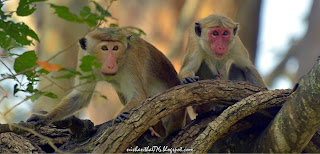Wildlife
photography is an essential tool to inspire the desire to protect wildlife. It
has the power to turn people on to the wonder of nature. But we must remember to
put the welfare of the subject first. Even though there are no clear guidelines
a few basic principles that can help make the way clearer.
·
Know
the signs of the stress of your subject species – There is always a stress for
the animals when we flock around their natural feeding and gathering places but
we have to be very aware of our effects so that it can be minimized.
·
Take
special care at breeding season – Special care needs during this season. We
have to avoid actions that might result in driving parents away from the young
allowing them more vulnerable to predators.
·
Not
to destroy or alter the habitat for a better view or scene.
·
Do
not feed wildlife for a better shot and honor their wildness.
·
Be
transparent on how a photograph was made
Build your
reputation as a wildlife photographer by doing it in a more responsible manner.



